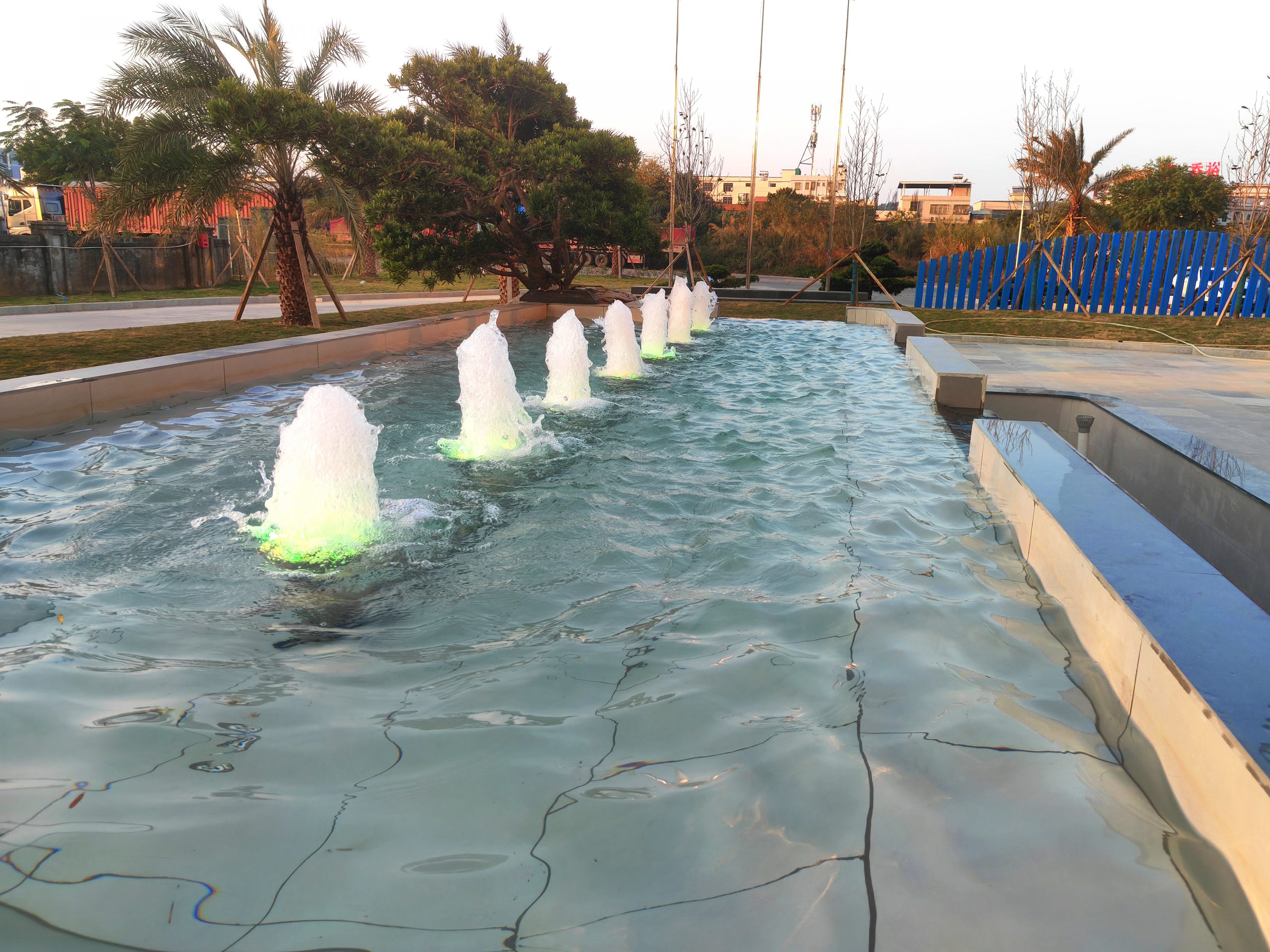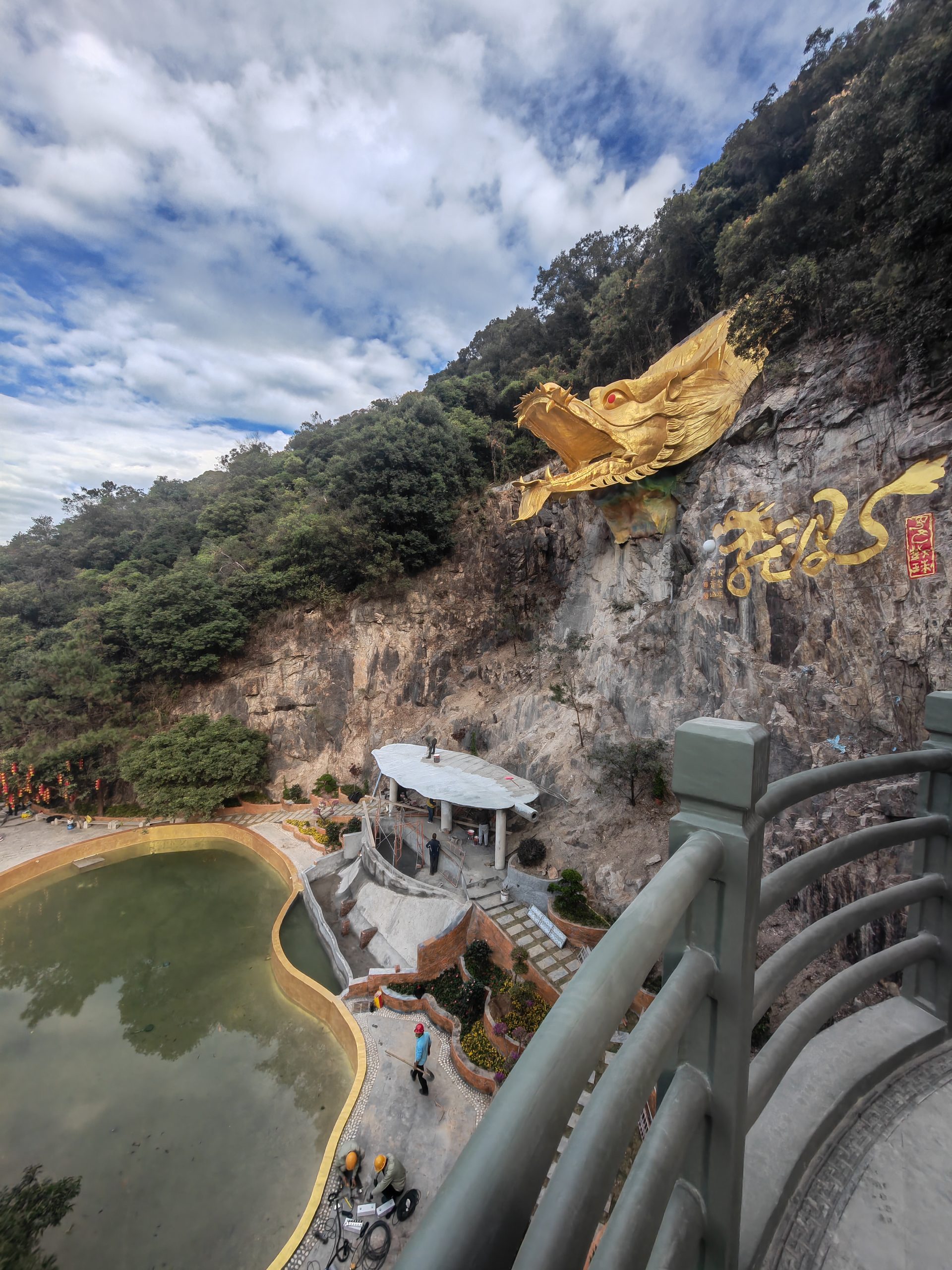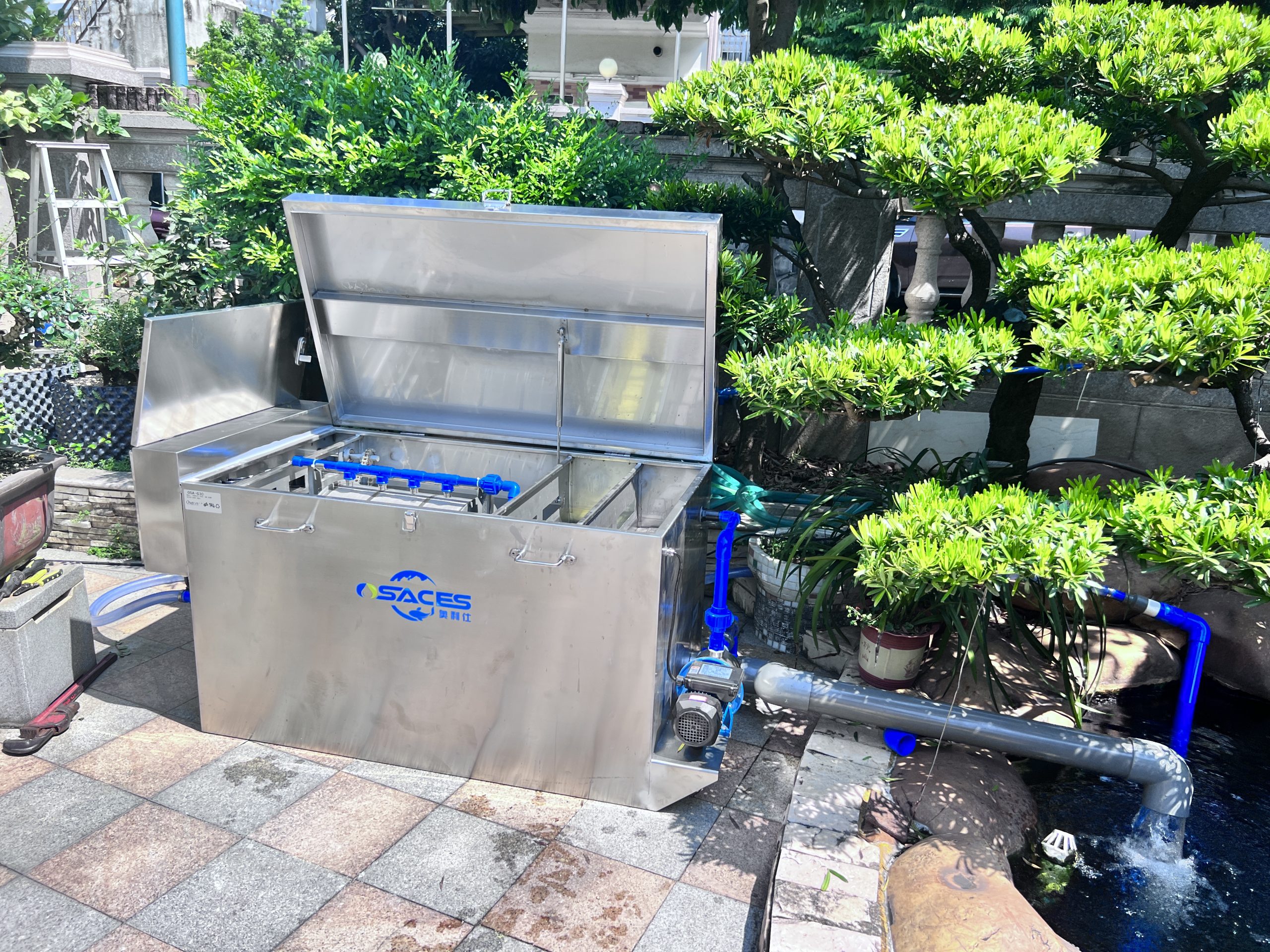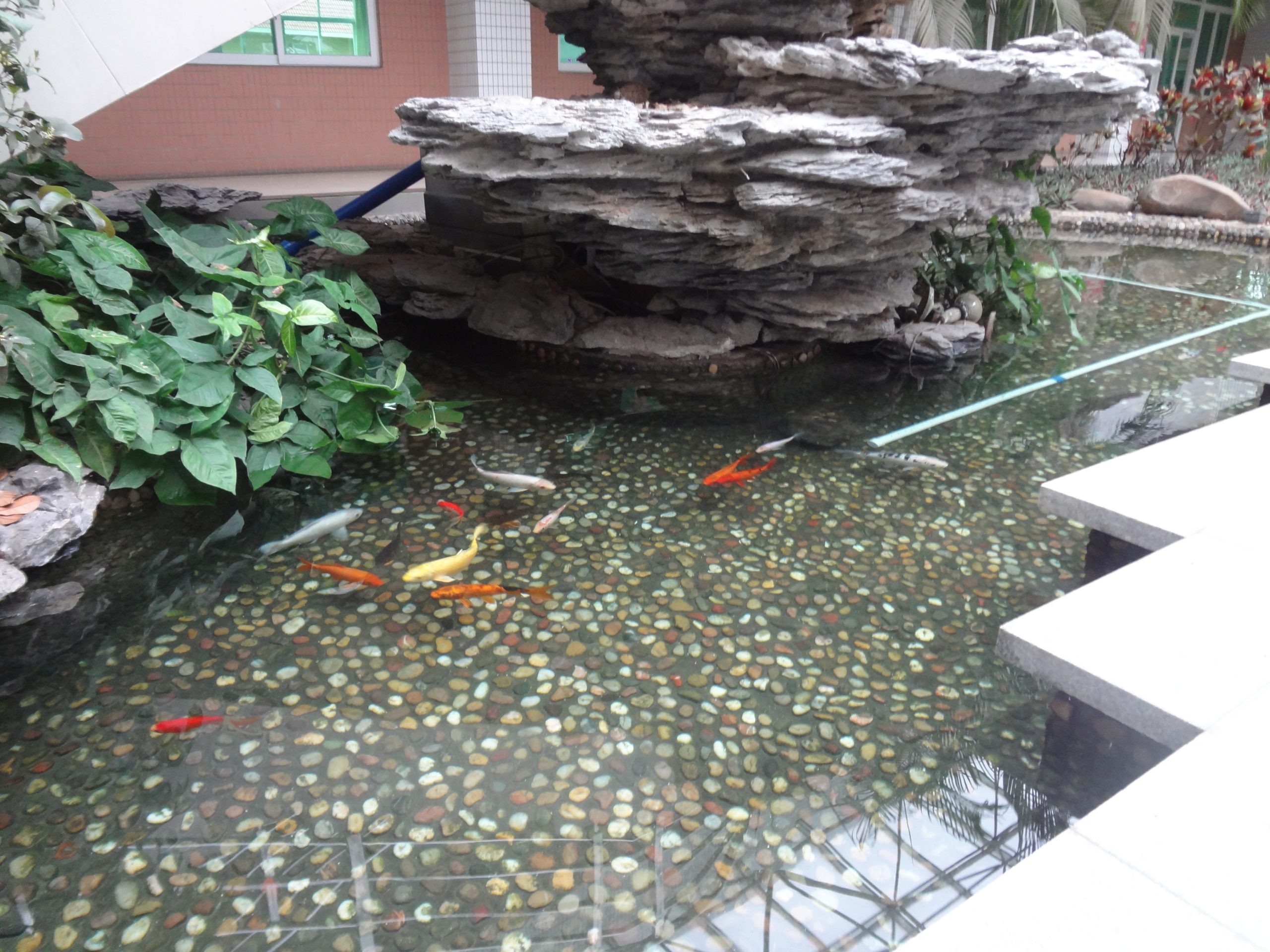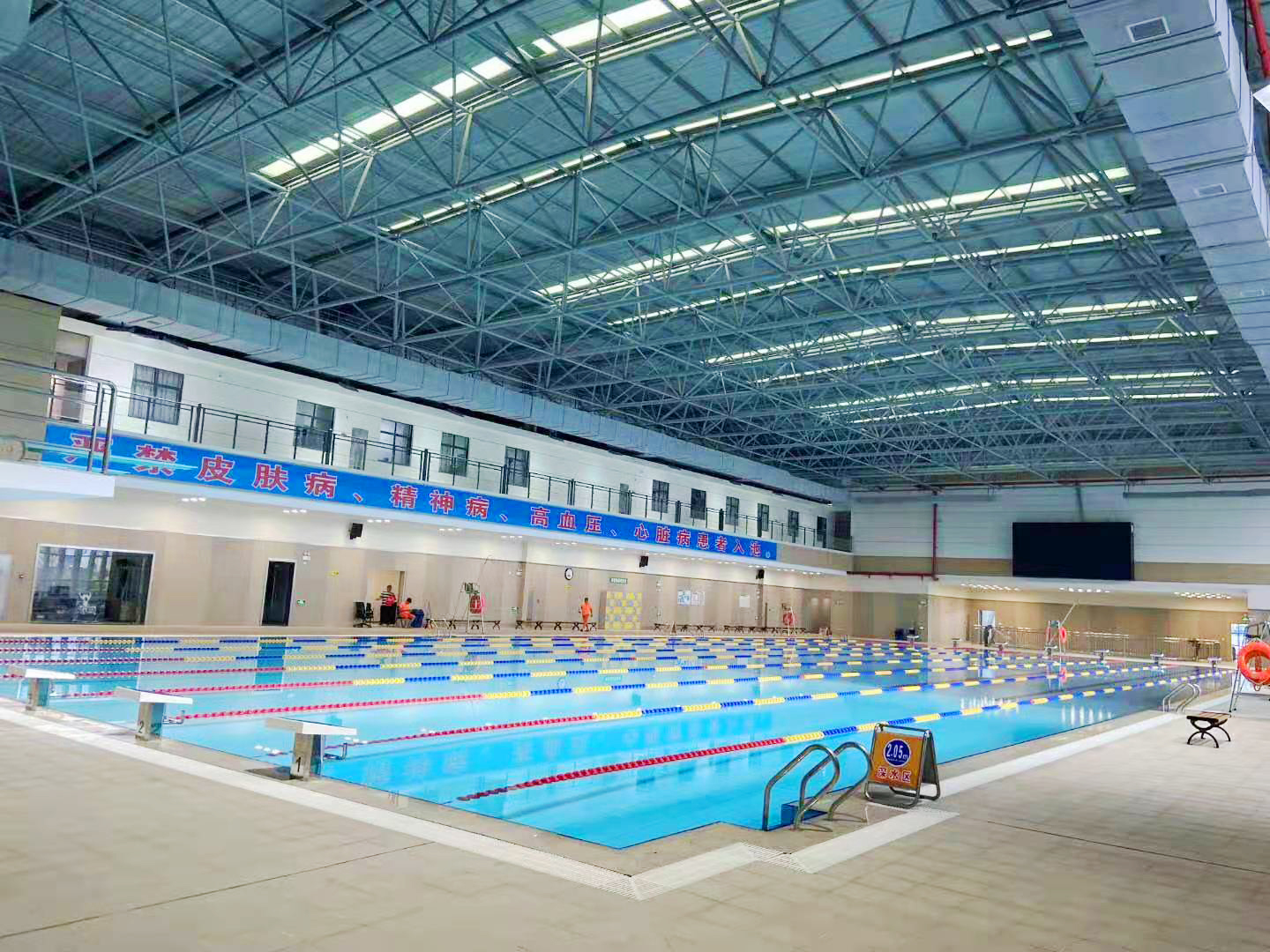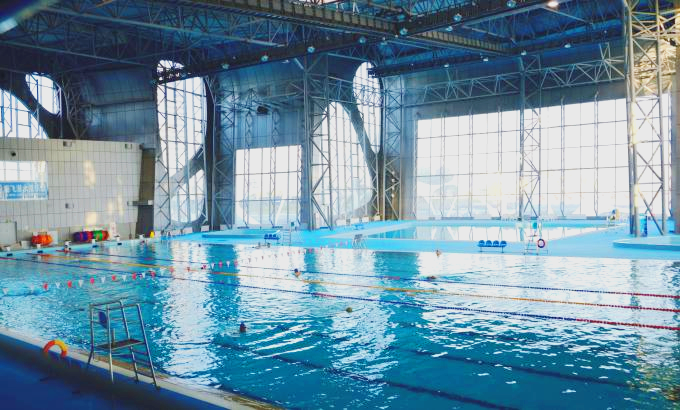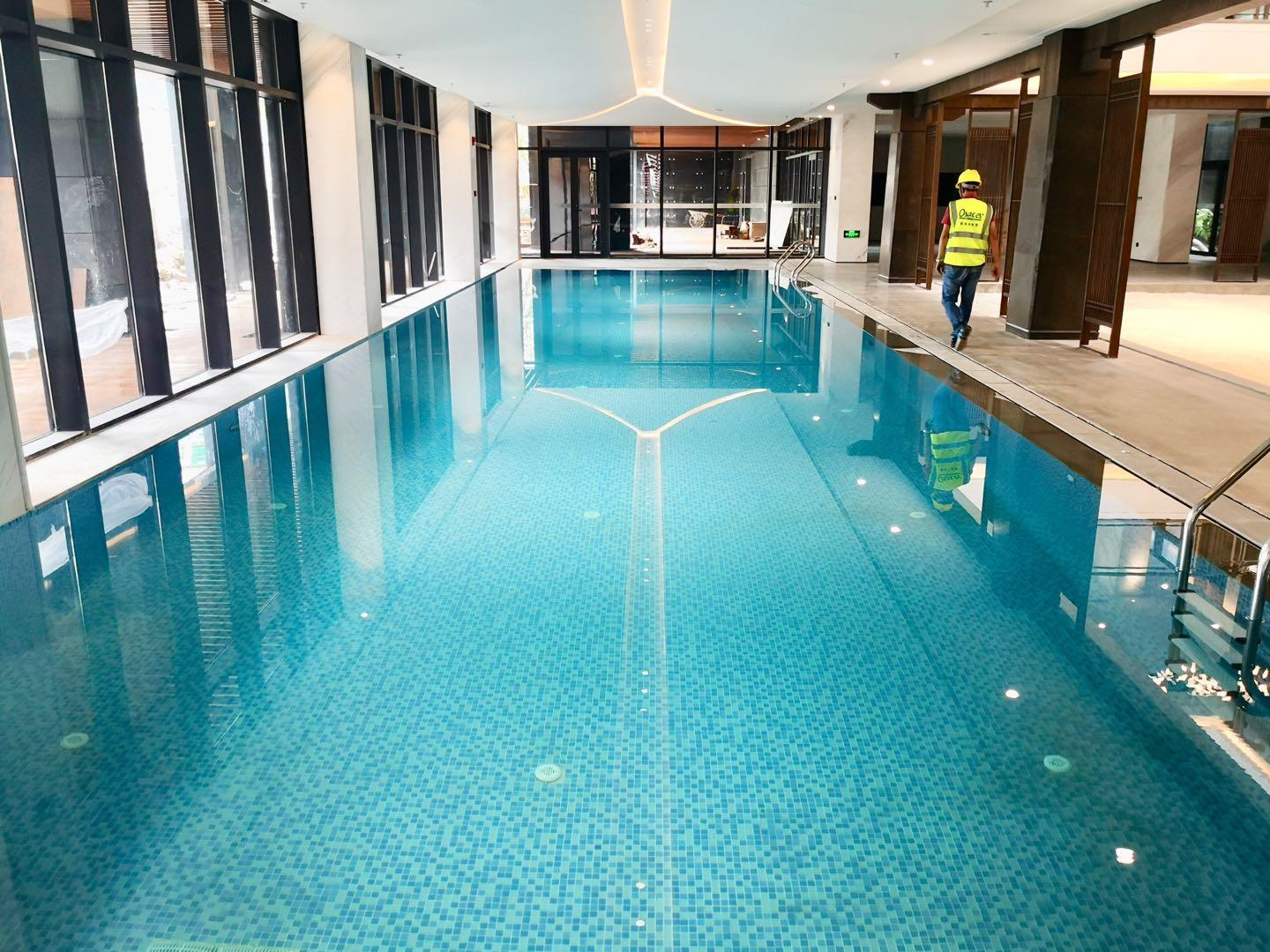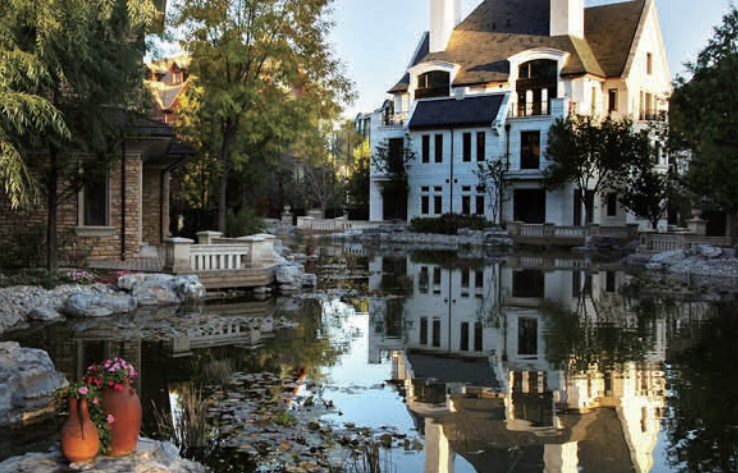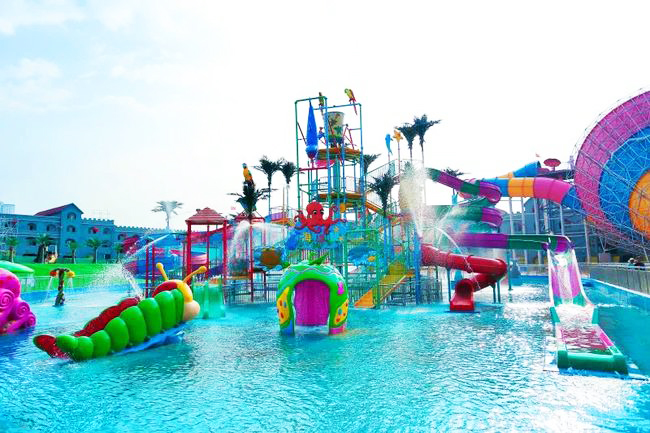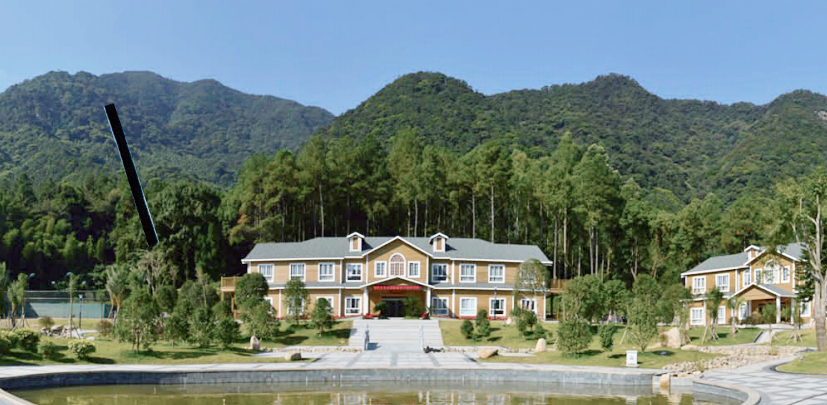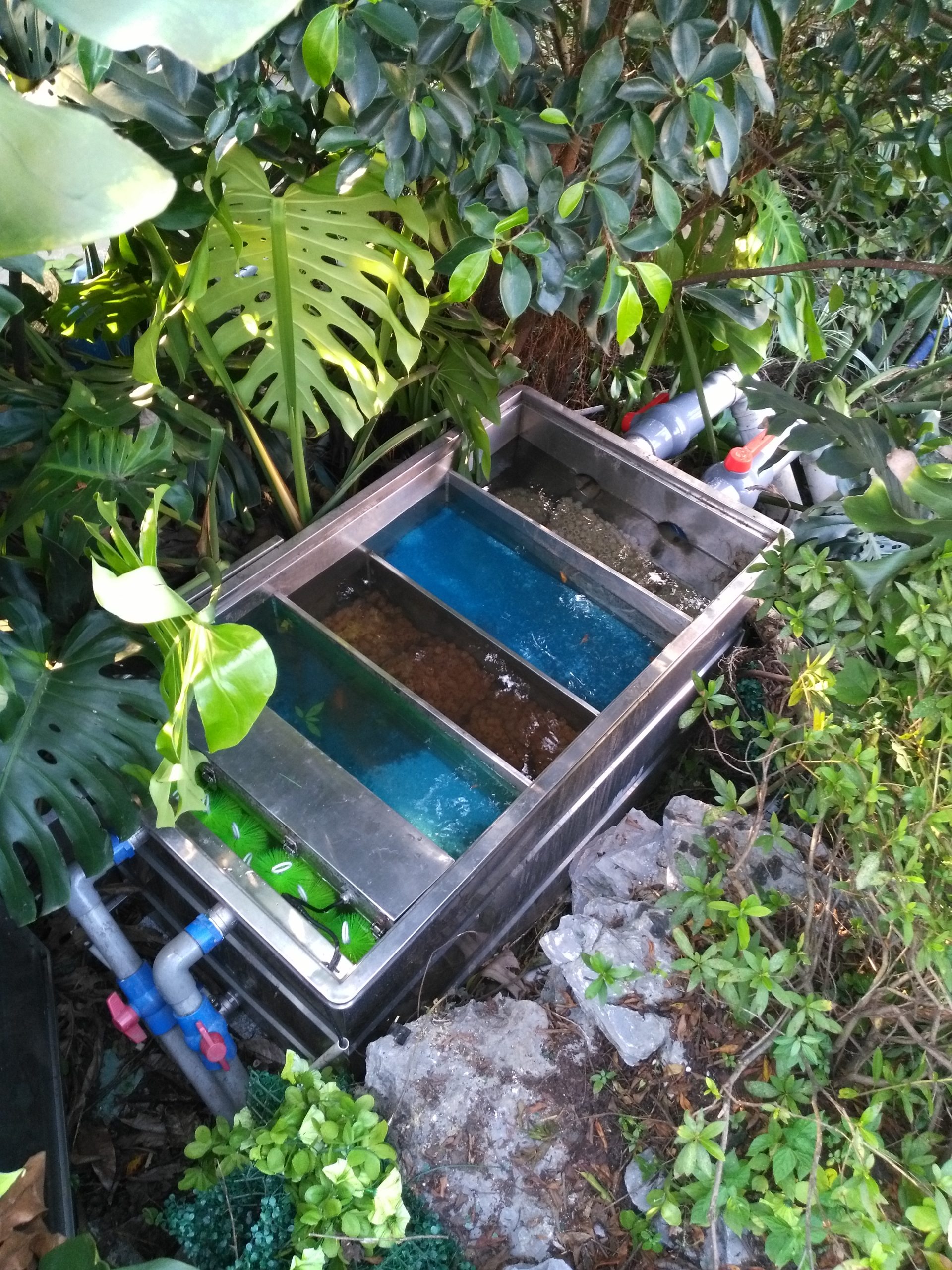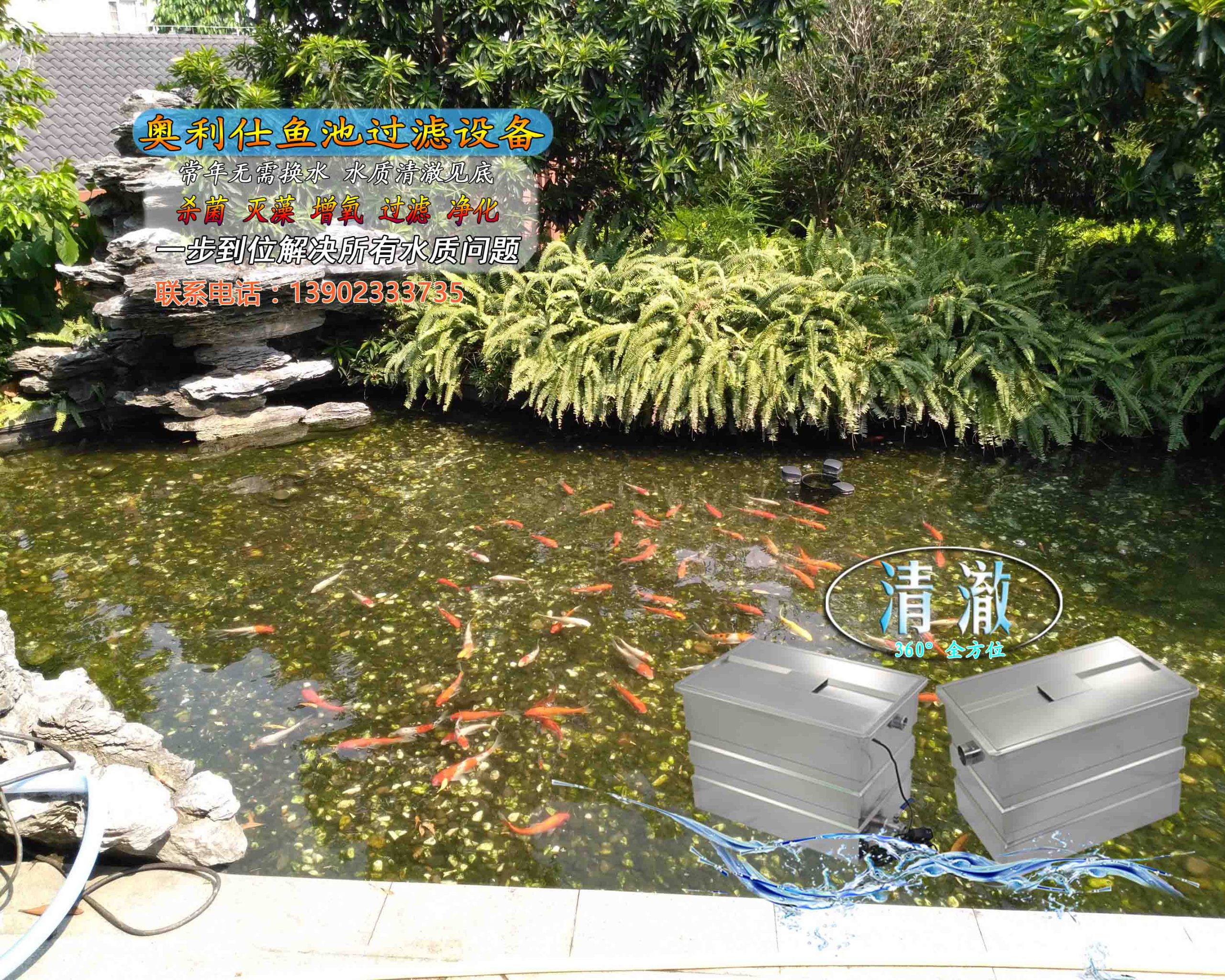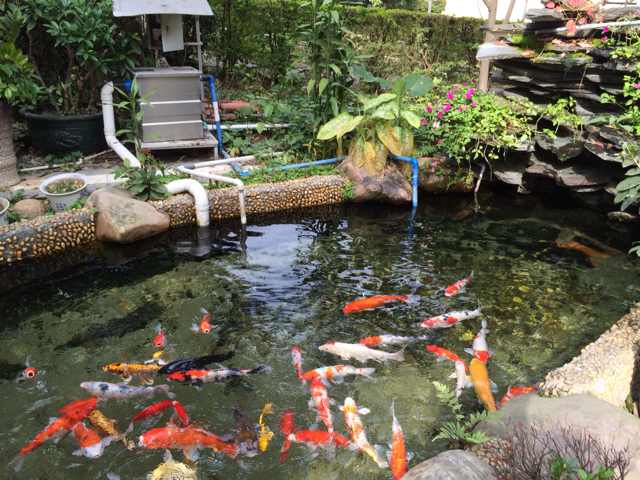common problems
contact details
 Ollies (Guangzhou) Recreation and Sports Equipment Co.
Ollies (Guangzhou) Recreation and Sports Equipment Co.Tel: (020) 82686289
Fax: 020-82694853
Headquarter: No.31-37, Xincun 2 Road, Shangjiang North Street, Dongzhou Village, Xintang Town, Zengcheng City, Guangzhou, Guangdong, China
A good filtration and purification system is very important for keeping koi.
A concrete pond with easy access to water and drainage is a prerequisite for breeding koi. The first place to choose should be warm in winter and cool in summer, with easy access to water. Generally, the depth of the pool should be1.2mThe condition is to reach the2mBecause the length of the fish and the depth of the water are directly proportional to each other. The deeper the water, the larger the individual koi is likely to be raised.
I. Setting outfalls according to the size of the main holding tanks
Generally for large concrete pool pools.10square meter One or two outfalls to the left and right as well.The larger the pool, the more outfalls should be provided at the bottom of the pool, and the outfalls must all be plumbed separately to reach the settling bin. For the selection of the outfall, you should choose a place where the water flow will concentrate the fish waste or leaves. This must be done by paying attention to the direction of water flow, and a surface drain should also be provided at the water surface, so that fish feces and other floating matter from the surface layer of the water body will flow into the sedimentation bin from the surface drain. Newly constructed concrete ponds must be soaked for more than a month, with water changes2 more than once, and it is necessary to splash ice acetic acid and other drugs to reduce the alkalinity, so that thepHThe value reaches 7-8 It's only available around the same time.
Second, a good filtration pool is a top priority
A typical filtration tank is composed of a sedimentation bin, a biochemical bin, a fresh water bin and a drawdown bin.The sedimentation bin should be set up in a round shape with an inlet pipe for the outfall to make the water flow in a spiral shape; the bottom of the sedimentation bin should be made into a conical shape so that the discharged feces and leaves can be concentrated in the center of the sedimentation bin; a spout should be set up in the center of the sedimentation bin, which can discharge the feces and leaves in the bin out of the pool and keep the water stable.
The biochemical silo is primarily designed for depth based on the water depth of the main pool, which is generally 1.5-1m around, and are generally set up in three or four bins in order to allow for increased length of flow and placement of filter material. These bins, like the sedimentation bins, should be set up with conical bottoms.The outfall set right in the center connects to the extraction bin outside the pool. It should be noted that there are several biochemical bins with several outfalls.
The outside of the pool where the drain is concentrated can be set up with a draw barn depending on the depth of the water, taking care that it must drain easily.These drawer bins play an important role in removing the substrate (anaerobic bacteria) from the bins, and can keep the water stable by draining the waste out of the concrete pond every day when the koi are in a high feeding period. With good water quality, the fish are less likely to fall ill.
Set up a fresh water bin after one of the filter bins in the back. After the filtered water enters this bin, several pipes should be set up depending on the size of the cement pond, and a high-flow pump should be used to pump the water into the main pond. The water inlet in the main pool should generally be exposed to the water surface250px, allowing the water to come into contact with the air and increasing the oxygen content of the water.
III. Types and placement of filter materials
Filtering materials are generally made using materials such as brushes, bioballs, bacteria houses, and biochemical felts.The brushes can generate static electricity when water is flowing, which facilitates the oxygen-consuming bacteria to be adsorbed on the brushes for biological action. Bio-balls, fine houses and biochemical felt enable nitrifying bacteria to maximize survival in the bubble holes inside, increasing the total amount of bacteria inside to achieve biological purification. In general, often used is the brush, because the brush is placed in the biochemical warehouse, can gather bacteria is also easy to clean, the placement of the brush is generally away from the bottom of the pool500px around and placed vertically. Other filtering materials are generally placed in the flow-filtering compartments, as other filtering materials can be maximized under higher water flow conditions. There are also cases where brushes are placed in the first bin and bio-balls and other filter materials are placed in the second and third bins. However, if they are used for too long, they are prone to clogging, which affects the smooth flow of water.
IV. Placement of oxygenation settings
Oxygenation facilities generally consist of an aerator and an airhead.The deeper the water, the more powerful the aerator and the larger the airhead. To increase the oxygen content of the water, the air head is usually set in the main pool is 4㎡ one, or you can increase the number of airheads depending on the density of the water being kept.
Related content
- Don't let rotting tails affect the koi's aesthetics
- What kind of water is good for fish? Talking more about green water for fish
- What to do if the water in your fish pond is unclear? How to keep the water fresh and clear
- Are you ready for the golden age of koi growth?
- What causes new koi to get sick easily?
- Case Sharing--Foshan Shunfeng Mountain Park 3600 square meters landscape pool purification project
- Case Sharing||Huizhou-- Intelligent Terminal Beidou Industry Production Project Fountain Fish Pond Purification Project
- Guangdong Guanyinshan National Forest Park 300m³ landscape fish pond purification project

